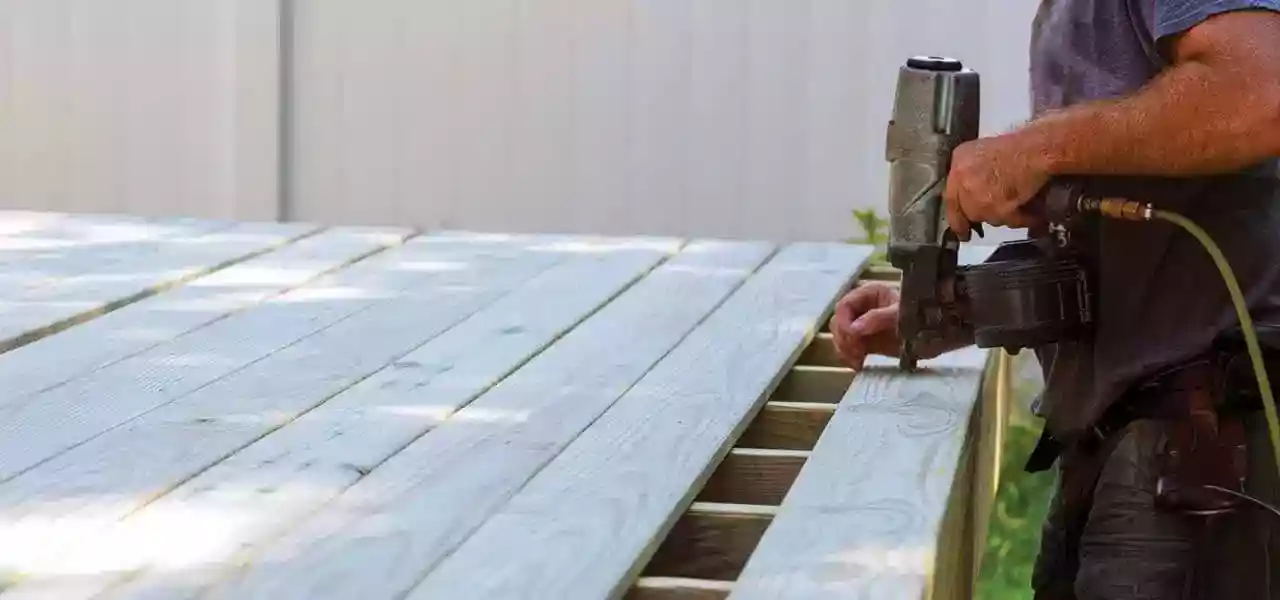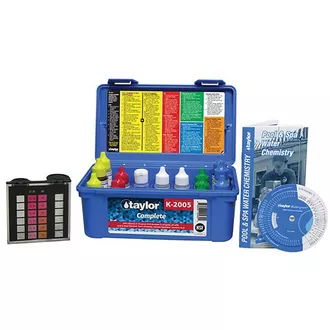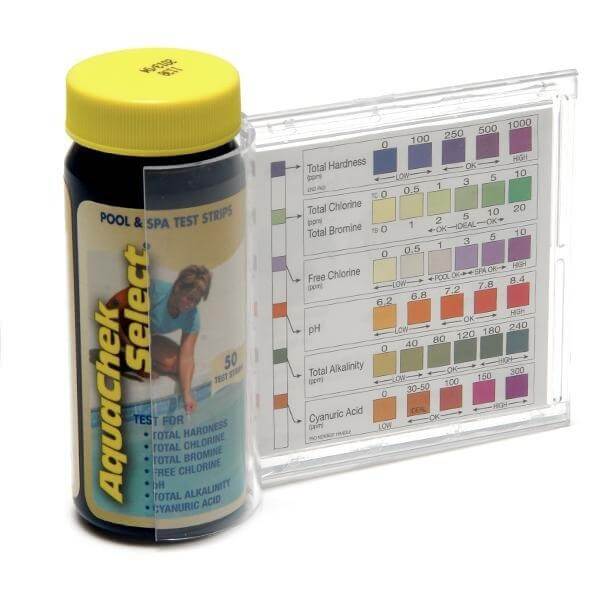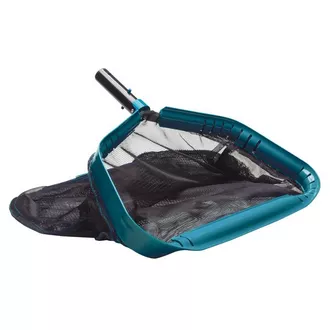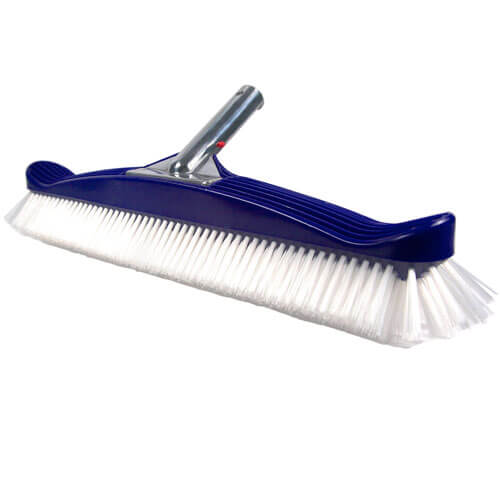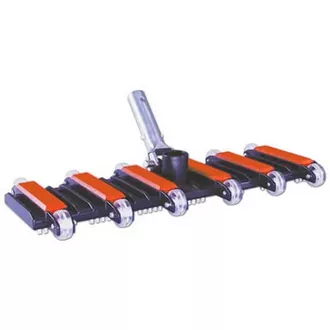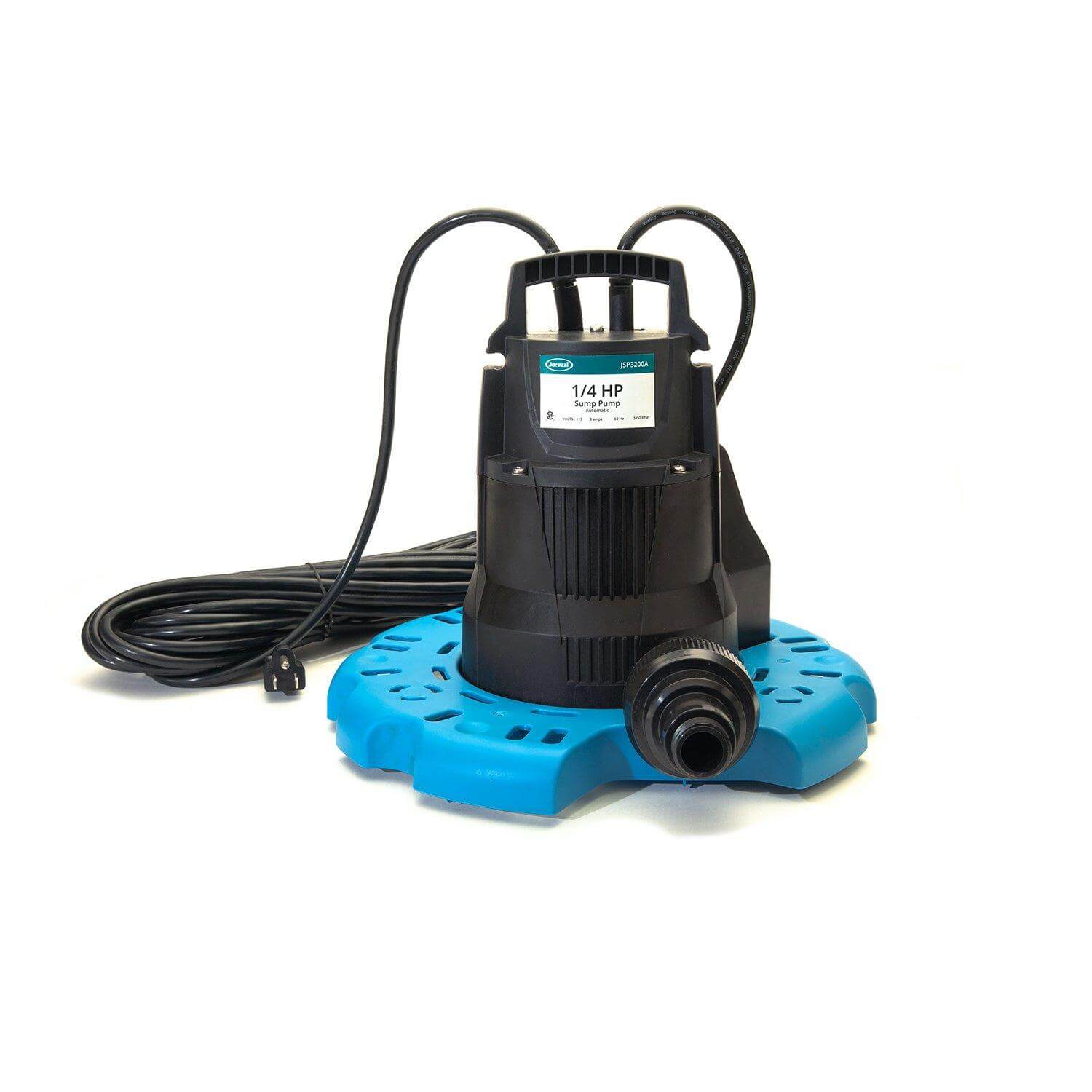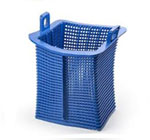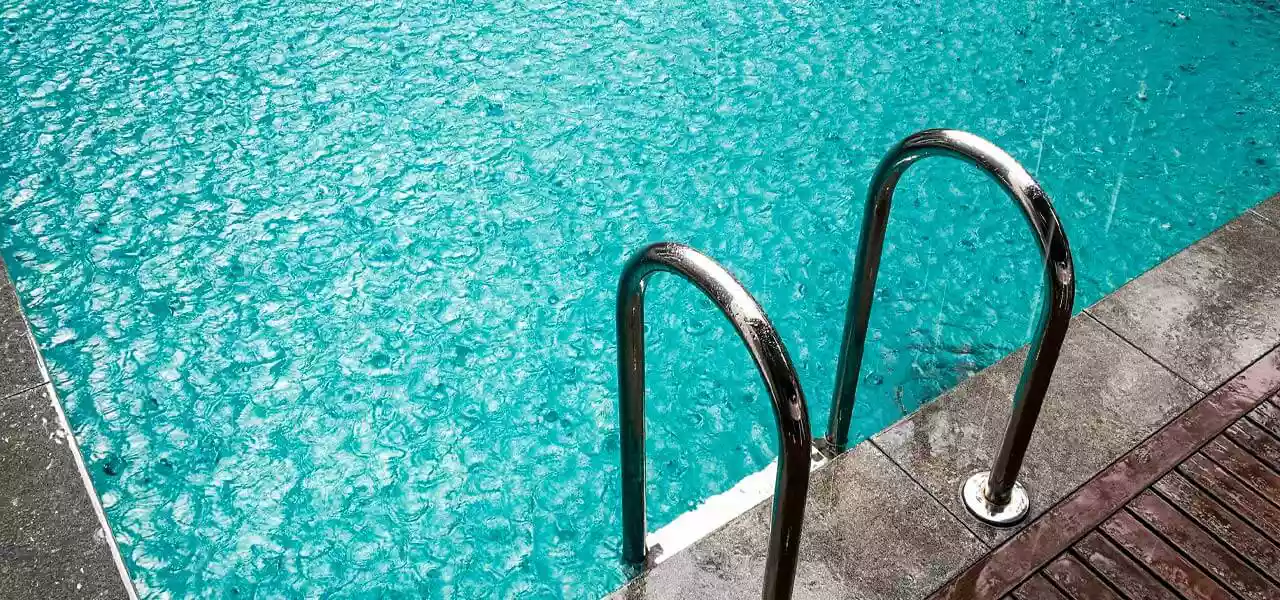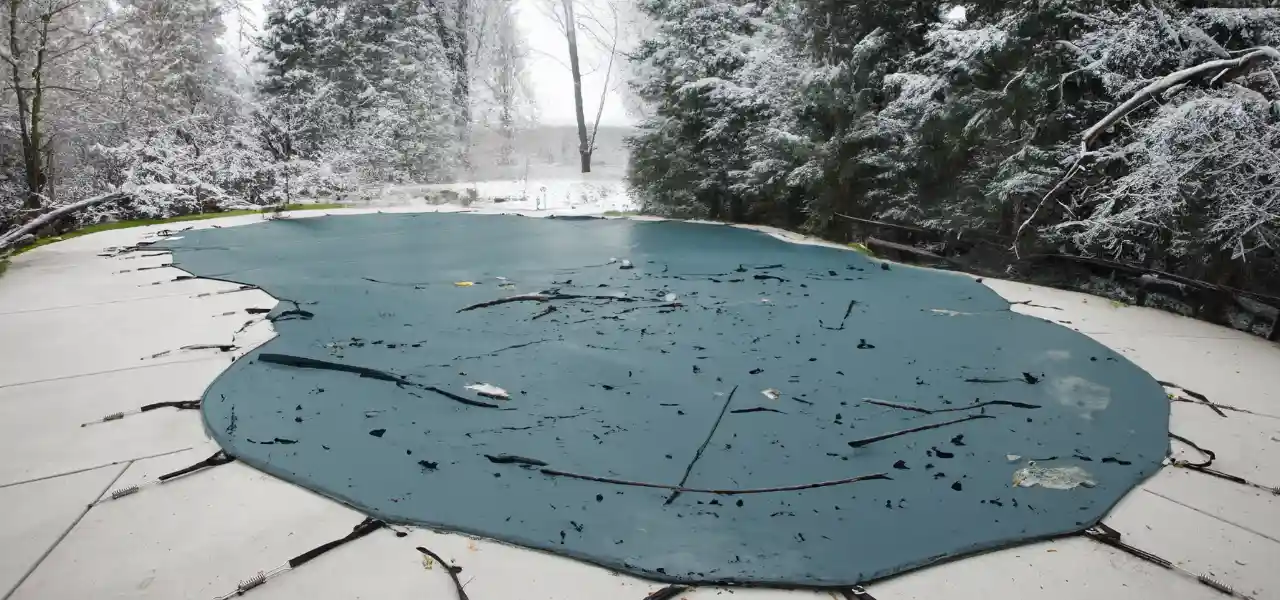Recently, there has been a significant increase in interest regarding pool equipment. Specifically, how to elevate pool equipment to protect it from flooding. Over the past few years, the aftermath of numerous hurricanes, intense storms, and flooding left people with severely damaged pool equipment. It also left them looking for ways to better protect their expensive and important pool equipment.
Thankfully, there are multiple ways to protect your equipment from the threat of storms and flooding. This post will educate you on the important factors to consider when deciding the best way to preserve and elevate pool equipment.
How High Should You Elevate Pool Equipment? 
If your pool is located in a designated flood plain or near coastal waterways, your pool equipment should be above the base flood elevation, or anticipated rise of water. In most states, such matters are assigned to a Floodplain Management Office. This office sets the standard for pool equipment flood protection.
In-ground pool pumps are commonly “self-priming”, meaning they produce enough suction to pull water vertically through the pump pipes. However, priming issues can occur if the pool pump is too high above the pool water level. Air leaks in the pool equipment can cause the system to draw air instead of water.
Check valves keep pool water in the pipes, instead of letting it flow backwards through the pipes and back to the pool. Check valves are one-way flow valves that trap water in the pump. Place them in front of the pump, or near ground level on a raised system.
What is Needed to Elevate Pool Equipment?

Raising your pool equipment is much easier than relocating it to a different spot in your yard. Extend the length of your current pipes by attaching additional PVC piping and fittings. Your pool pump wiring harness, usually a flexible conduit, will likely retrofit to a new height without lengthening or rewiring the pump.
Use a check valve on the incoming pipes (skimmer and/or main drain), to keep the water in the system when the pump shuts off. Jandy check valves are the standard, while Waterway check valves allow faster access to clear debris, or reverse the valve to winterize the main drain line. Check valves accept pipe sizes from 1.5″–2.5″, and can be used with a 1.5″–2″ reducer bushing.
Ways to Elevate Pool Equipment
There are numerous ways to safely and effectively elevate your pool equipment. From raised wooden or plastic platforms, to simpler constructions like cinder block stacks. Structural integrity and durability are important things to remember when choosing how to elevate your pool equipment. If your area is susceptible to severe flooding, make sure your structure or platform is solid and won’t collapse.
Wooden Box:
When constructing a wooden box to elevate your pool equipment, there are a few important factors to keep in mind. First, make sure the ground where the box will sit is sturdy and level. Flood waters can wash the box away if it’s placed on loose or unsteady ground. Second, when measuring for length and width, add a few extra inches around the sides to ensure your pool equipment has enough space on the box. Third, reinforce the box with steel mesh or rebar. Again, if your area is prone to severe floodwaters, the box can be easily washed away or destroyed if it is not strong enough. And finally, add a waterproof or water-resistant sealant to the wood to prevent warping and rotting.
Wooden Platform:
Another method is to build a platform, or small deck, with strong pieces of wood set into concrete. When using a wooden platform to elevate pool equipment, it’s important to make the platform wide enough. If the platform is too narrow or cramped, you won’t be able to access the equipment easily for inspections or repairs. Additionally, install steps or a ladder for easy access to the equipment.
Raise the Pump: 
Your entire pool equipment setup does not necessarily need to be elevated, as some parts hold up just fine in flood waters. While the pool pump and heater need to be raised, the filter, pipes, and valves can stay on the ground level if need be.
Keep things simple by building a cinder block shelf to lift the pump, heater, and any electrical components safely out of harm’s way. Adjust the plumbing and electric as needed to meet the new level.
Raising the Electrical
Call an electrician to move your pool’s breaker box or other electrical elements to higher ground. Revamping an electrical setup can be a complicated and sensitive undertaking.
Don’t let heavy storms and flooding ruin your expensive and important pool equipment. Plan ahead and avoid disaster by elevating your pool equipment.

